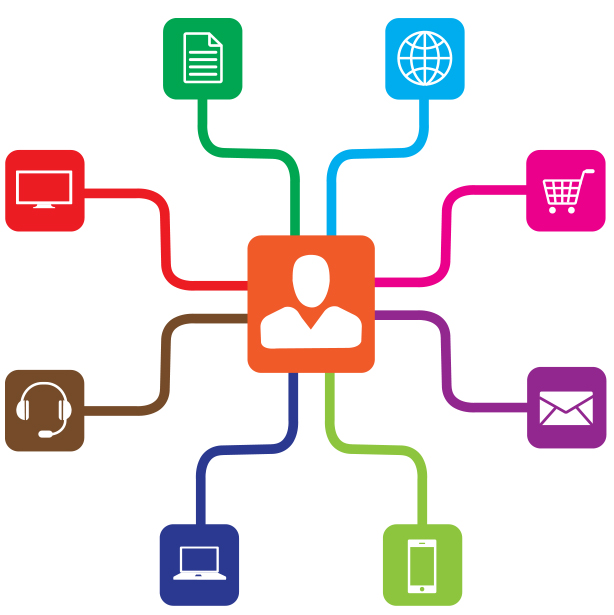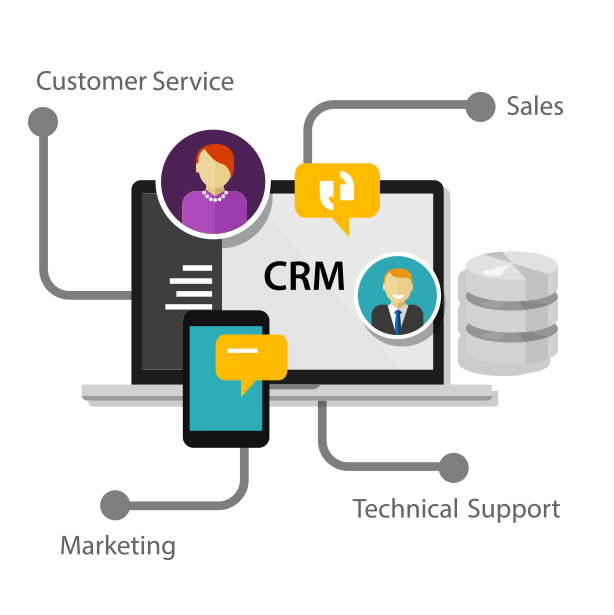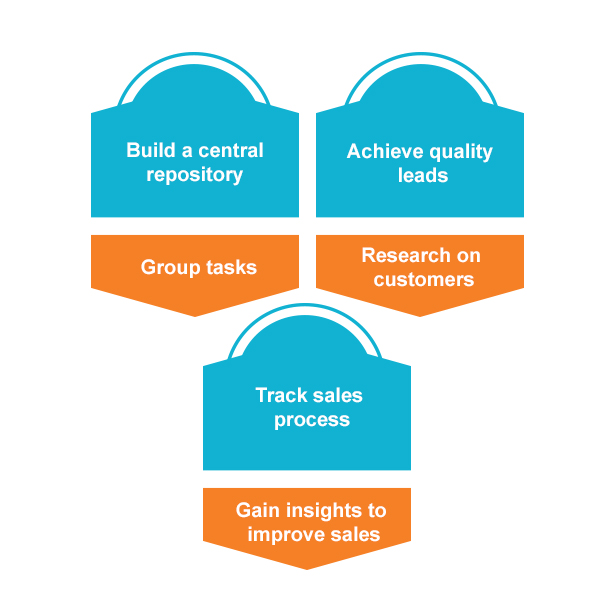Customer relationship management in the new millennium requires holistic engagement across different platforms, devices, and channels. A Gigaom research found that 98% of Americans use multiple devices in a day. About 81% use TVs and smartphones and 43% use their smartphones while visiting malls and other shopping destinations. It is therefore important that companies identify different customer touch points and use multichannel engagement to build a relationship with their target audiences.,
Multichannel Engagement
Today, major brands and companies are opening multiple channels of communication and seamlessly integrating all the data to create unified customer profiles. Such a customer profile epitomizes the journey of the customer across different mediums and provides insights into their activities.,
If your customer calls to inform that a shipment has not reached on time, the immediate concern is to use a particular channel to keep the customer informed about the status of shipment. If the customer service has access to multiple touch points, the service can easily find out a channel convenient for the customer to track the shipment. Multiple touch points can also help gain information about the customer’s activities within a site and frequency of her purchases. This helps service agents to understand the primary needs of customers and details like why a shipment is taking too long? It may be an intuitive approach at times, but it makes use of all available resources to shape better customer experiences.
The challenge for today’s organizations is to make customer experience seamless in an intuitive manner. This requires unifying data across different customer touch points to anticipate their requirements effectively. Majority of Millennials go online for information, shopping, and reviews and expect a seamlessly pleasant experience. Customer experience is the sum total of support across different channels, predictive engagements using data analysis, and enablement of self service. The effective combination of data, design, and multimedia resources, which inform and help customers to complete the task themselves, can enrich customer experience.
Customer relationship integrated with customer experience
CRM metrics provide quantitative measurements of all customer interactions with an organization. The metrics profile and segment customers based on demography, behavior, and lifestyle, and retrieve data instantly about external engagements like sales history, resources, and personal data. The customers can be viewed at their precise purchase stages to plan your responses. An integrated CRM system can track customer journeys across digital devices, social media and other platforms. This helps to identify situations, products, and links that are desired and needed.
CRM systems can be used to detect devices used by the customer and format responses accordingly
Predictive engagement for desired results
Based on the devices a customer is using, a service provider can push an app, a form, or send pertinent information to add relevance to the customer’s experience. Research shows that 80% of customer interactions occur through phone calls. Analog interactions can be enriched with utilizing the enhanced capabilities of the smartphone. CRM systems can be used to detect devices used by the customer and format responses accordingly. The agent can incorporate visual content to make the session more enabling. The focus is on using CRM capabilities to identify the needs of the customer and customizing your responses adequately.
Identifying customer moments of truth
Understanding a customer’s journey across different channels can help organizations identify the “moments of truth”, where experience may have fallen short of expectations. Unifying social media conversations, complaints, reviews, purchase histories and more within a single interface helps to optimize deign, information, and service capabilities. That’s what takes customer experience to its maximum potential.
CRM applications provide valuable data, which can be utilized to deliver bespoke solutions to individual users. Integration with multiple channels and platforms provides data which can create a 360-degree view of customer journeys and identify gaps in your service. Intuitive improvements enrich customer experience and result in stronger customer loyalty.





